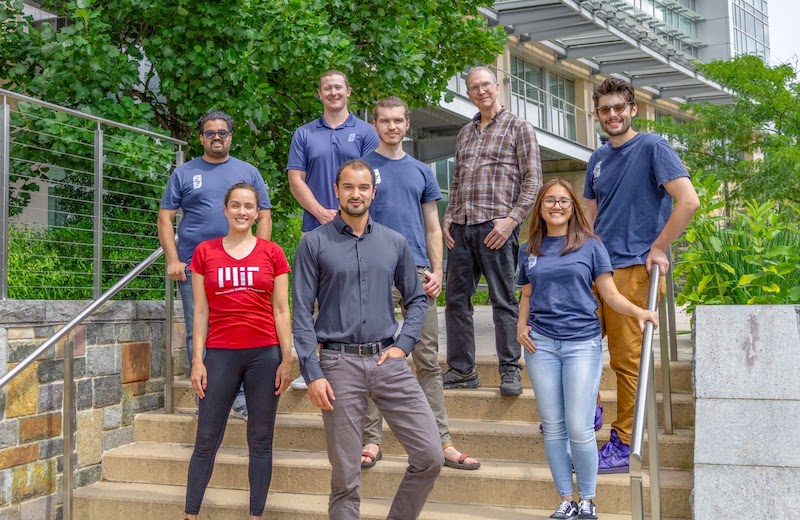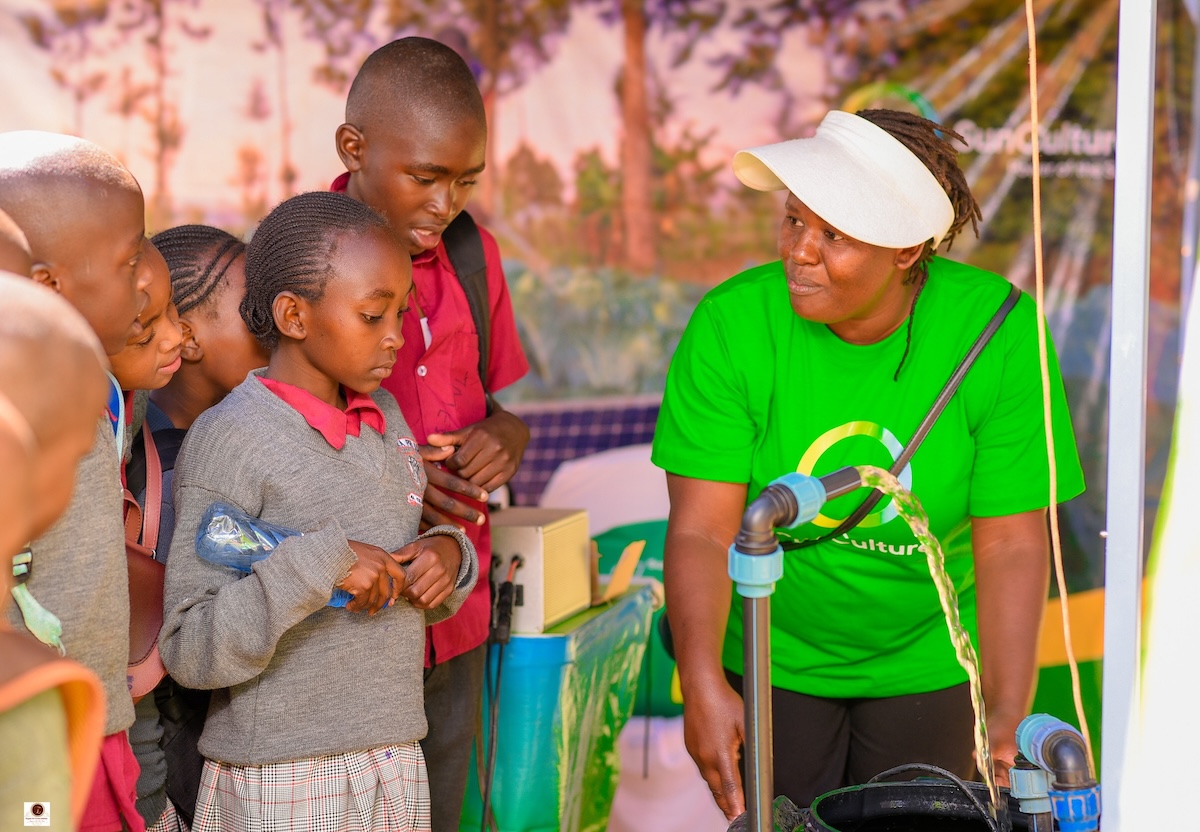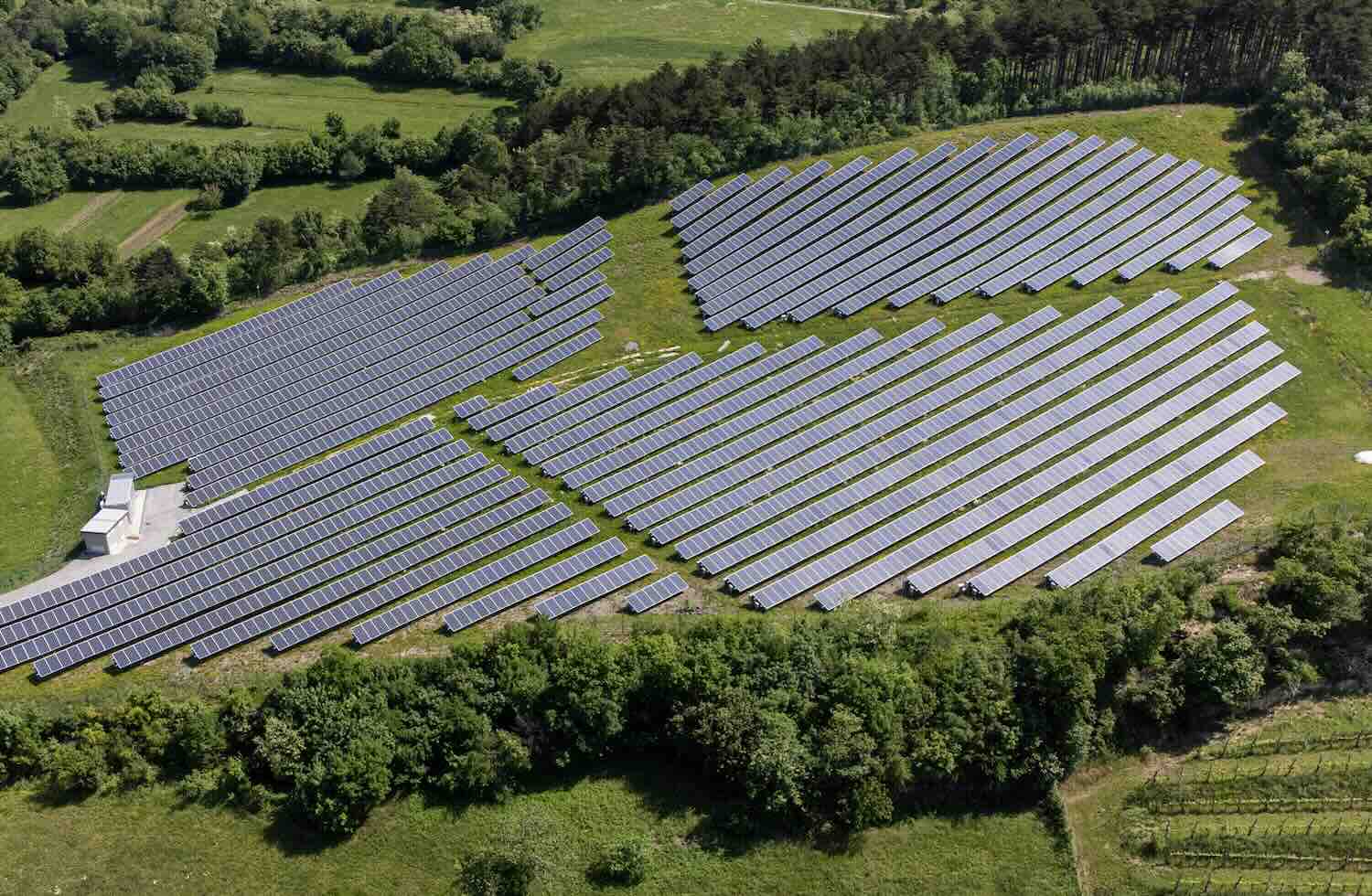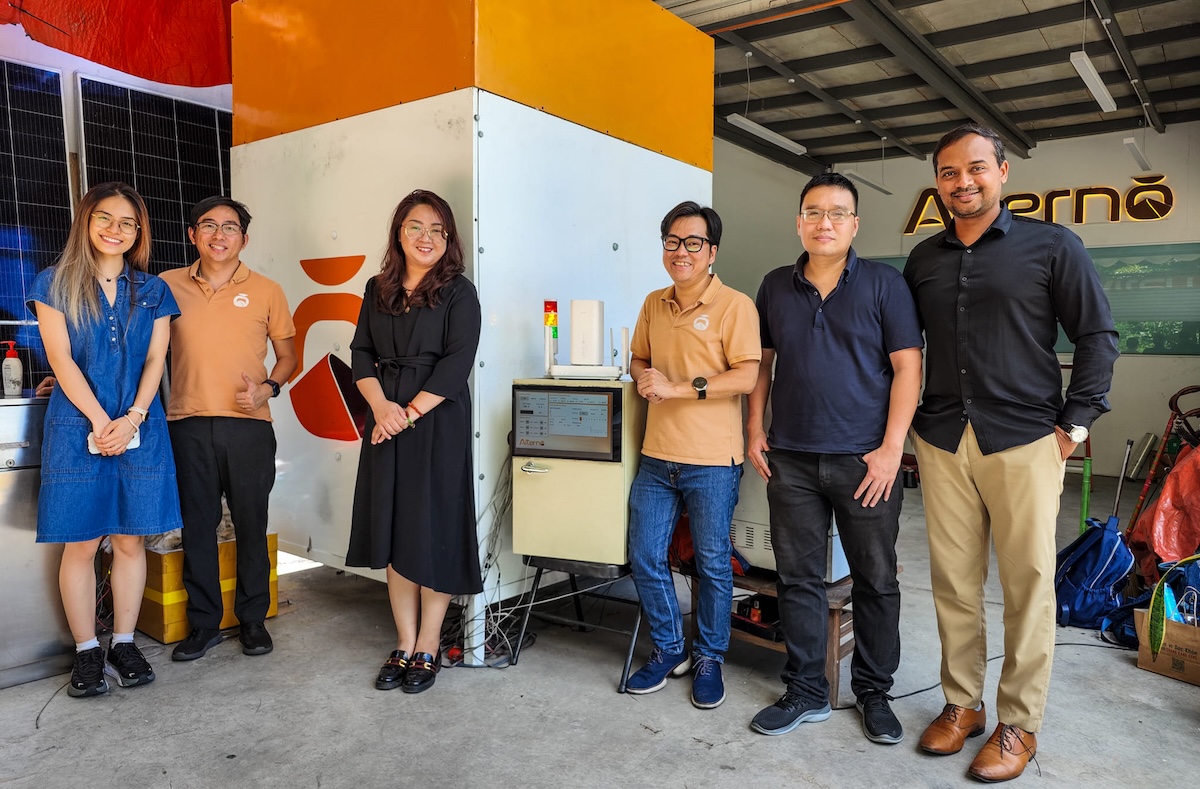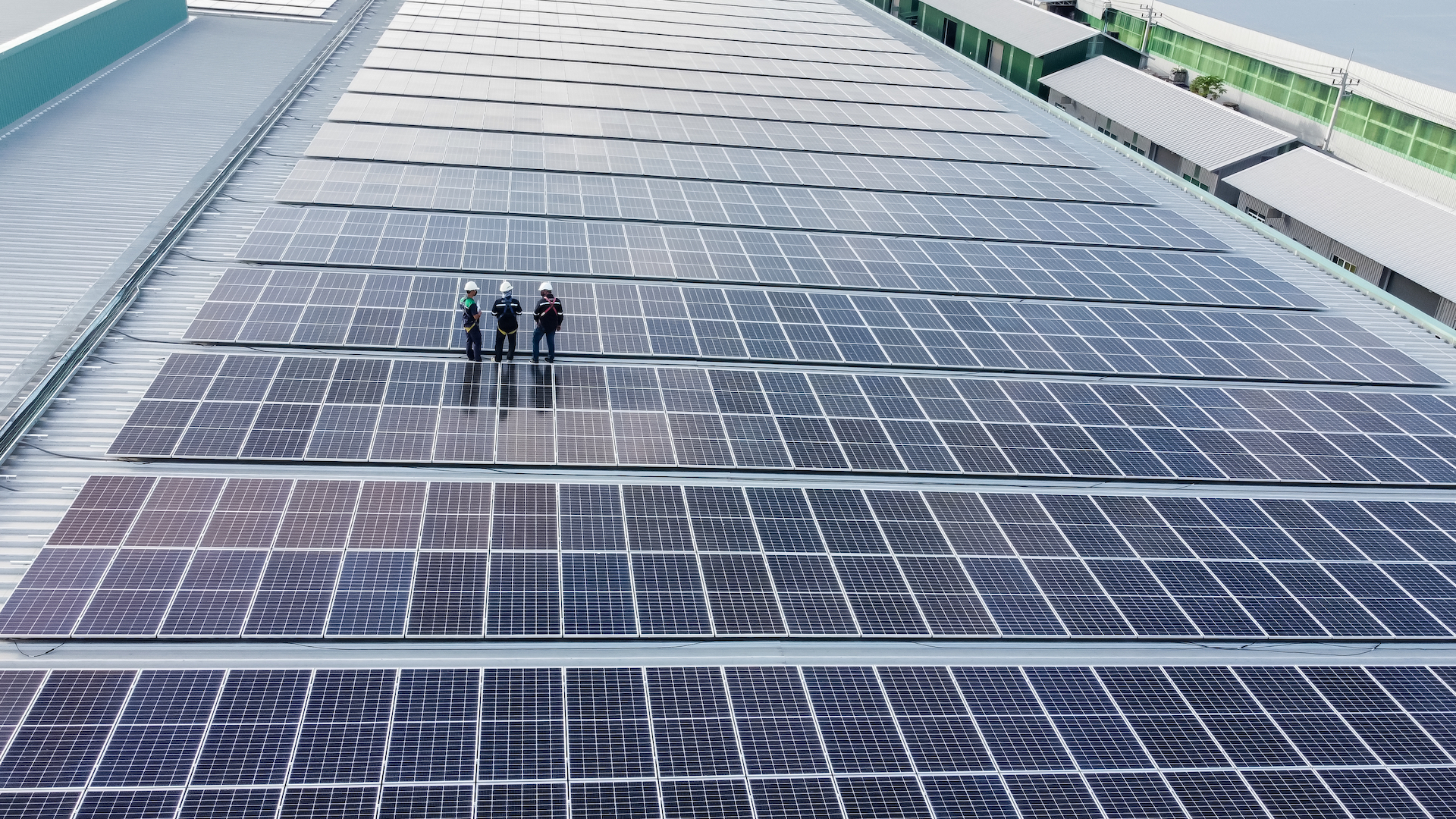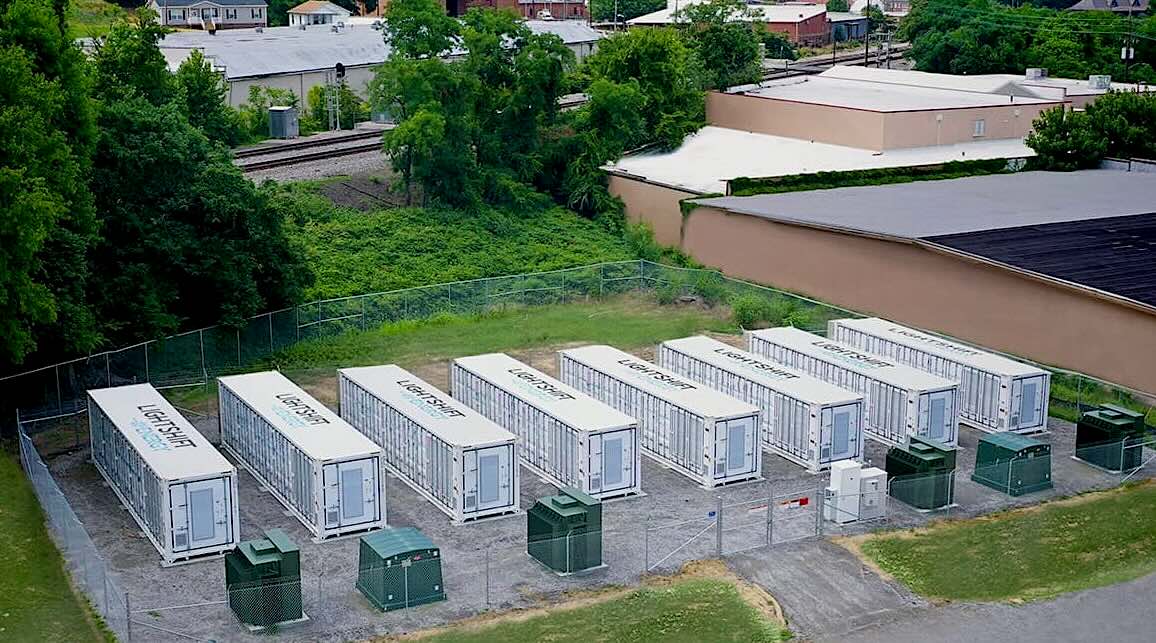ImpactAlpha, September 15 – Investments in battery storage technologies are on pace to reach $40 billion, double last year’s level. Alternative storage solutions, like ultracapacitors, claim less attention. But in the clean energy transition race, ultracapacitors have the potential to store and dispatch large volumes of energy more quickly than batteries.
Massachusetts-based startup Florrent raised $2.1 million this week to make its ultracapacitor material innovation a proof point for the just energy transition. Its hemp-based activated carbon is an alternative to more common material sources, like coconut husks. Florrent is building its supply chain around Indigenous, Black and other hemp farmers of color.
“Hemp used to be a major cash crop in the US, a lot of which was grown by BIPOC farmers,” says Florrent founder Jose LaSalle, who identifies as Black and Chamorro – the Indigenous people of Guam – as well as Irish. He wants to build new energy transition technologies “in a way that’s regenerative and contributes to local economic wellbeing in the underrepresented communities that I come from.”
Ultra potential
Roughly $1.2 trillion in capital is needed for clean energy manufacturing and critical minerals supplies by 2030 to meet the Paris Agreement climate goals. Investment in ultracapacitors (also called supercapacitors) amounts to a couple billion dollars, estimates LaSalle. The technology relies on static electrical charges for storing and releasing energy, rather than chemical bonding, as batteries use.
“Ultracapacitors can store energy in a way that is 100 times more powerful than a battery,” LaSalle says, without the risk of overheating.
Storage innovation
Companies like Florrent are innovating on the decades-old technology to support widespread adoption for grid-storage in particular. LaSalle says Florrent’s activation method for hemp-based carbon yields a higher performance material than coconut.
Estonia-based Skeleton Technologies last year raised $220 million to build a factory for its supercapacitors, which use a proprietary “curved graphene” material. Tesla acquired ultracapacitor Maxwell in 2019 for its “dry electrode technology,” which the EV company sought to integrate into its battery design.
This week in Silicon Valley, Lyten raised $200 million to commercialize its superconducting form of carbon – 3D Graphene – and tailor it for batteries and sensors.
Climate hedge
“You can turn pretty much any biomass with certain basic sizes and compositions into activated carbon,” says LaSalle. Most ultracapicitors uses coconut husks as their main ingredient. The supply, which largely comes from Southeast Asia, is highly vulnerable to climate change.
“A single typhoon has wiped out a harvest and driven up the price of activated carbon in the past,” LaSalle explains. “The ultracapacitor industry is very interested in diversifying its sourcing and improving performance.”
Hemp is both more resilient and contributes to soil restoration. In the US, lack of federal regulatory guidance devastated overall hemp production last year.
“Thankfully,” says LaSalle, “there are no regulatory obstacles for using hemp-derived activated carbon in ultracapicitors.”

